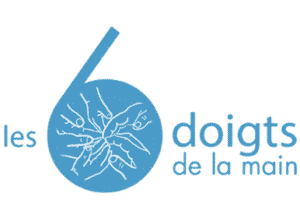Désolée, la page que vous avez demandée n’existe pas !
Vous pouvez retourner à l’accueil du blog, ou en profiter pour télécharger le bonus :
« Disputes : 6 habitudes à modifier pour les limiter »
en remplissant le formulaire ci-dessous.
Télécharger gratuitement le guide :
Disputes : 6 habitudes à modifier pour les limiter
Pour apprendre à ne pas nourrir la rivalité dans la fratrie...
